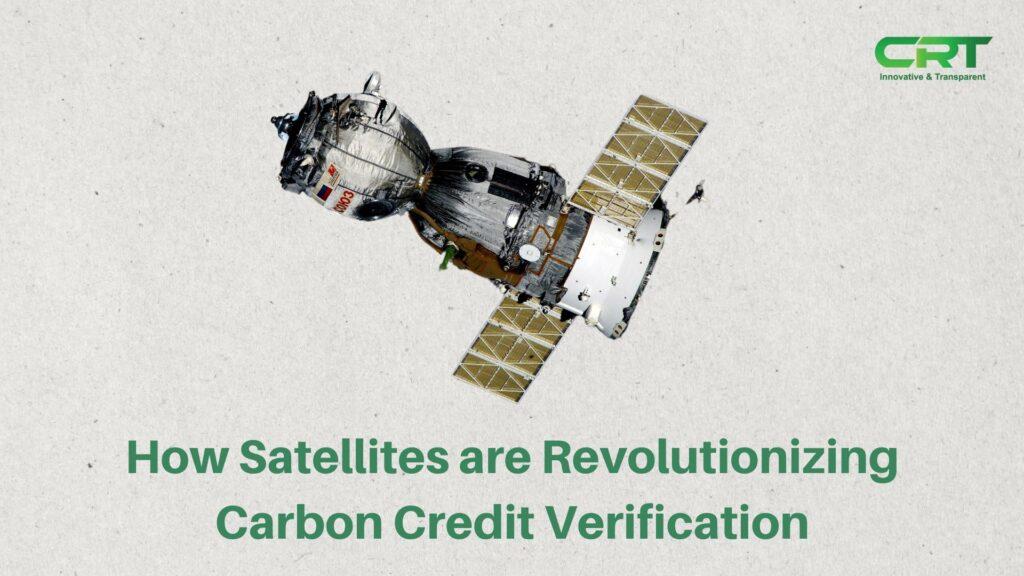From Space to Sustainability: How Satellites are Revolutionizing Carbon Credit Verification
The fight against climate change relies heavily on the carbon credit market. This system incentivizes companies to reduce their emissions by allowing them to invest in projects that remove greenhouse gasses from the atmosphere. But ensuring the legitimacy of these projects – verifying the actual carbon reduction achieved – has been a challenge. Enter satellite technology, a powerful tool poised to revolutionize carbon credit verification.
Traditionally, verifying carbon projects involved on-site visits, a time-consuming and expensive process often limited to small areas. Satellites, however, offer a game-changing perspective. Equipped with advanced sensors, satellites monitor vast landscapes from space, providing crucial data for carbon credit verification.

Satellite technology include but are not limited to:
1. Widespread Monitoring
Satellites can continuously monitor large areas, including remote regions inaccessible by ground teams. This allows for consistent data collection over time, essential for tracking changes in factors like forest cover, a key indicator of carbon sequestration.
2. Data-Driven Insights
Advanced satellite sensors measure various environmental parameters. By analyzing changes in vegetation health, deforestation patterns, and even atmospheric greenhouse gas concentrations, satellites provide valuable data to assess a project’s effectiveness in reducing carbon emissions.
3. Transparency and Efficiency
Satellite data offers a more objective and transparent verification process compared to traditional methods. This builds trust in the carbon credit market and streamlines the verification process, potentially reducing costs and time required.
4. Improved Project Selection
Rich data sets generated by satellites can used to identify and prioritize high-impact carbon reduction projects. This ensures that credits represent genuine and measurable carbon reductions, fostering a more impactful market.

Satellite technology offers a powerful tool for ensuring the integrity and effectiveness of the carbon credit market. As satellite technology continues to evolve, with even higher resolution imagery and advanced data analysis capabilities, carbon credit verification will become even more robust and reliable. This paves the way for a more transparent and efficient market, ultimately accelerating our progress towards a sustainable future.

